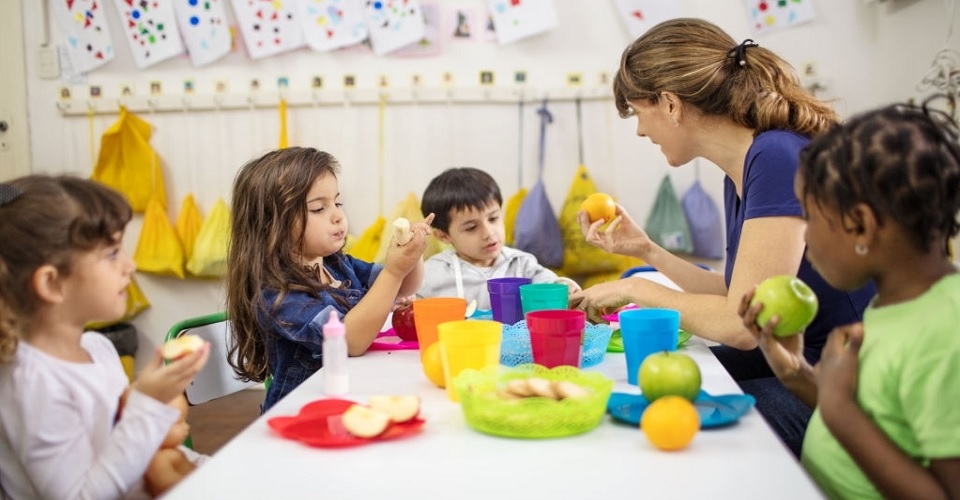The Pica-Autism Connection in Autism Spectrum Disorder
23rd June 2021

Did you know nearly 25% of kids with Autism Spectrum Disorder have pica?
Approximately one-quarter of kids with autism spectrum disorder have pica, according to the research presented at the CDC’s Epidemic Intelligence Service Conference. Autism Spectrum Disorder (ASD) is a comprehensive term that is being used to define a group of neurodevelopmental special needs. To create more awareness about ASD, the autism certification for teachers is preparing 21st century special educational needs educators.
ASD is frequently characterized by difficulties with communication as well as social interaction. Individuals with ASD often display constrained, repetitive, and typecast interests or outlines of behaviour.
What Is Pica?
Pronounced PY-kah, Pica is a craving for non-food items. This condition is moderately common in children as well as adults with autism spectrum disorder (ASD) or other developmental special needs. People with Pica-Autism may try to eat all kinds of things. The items that are common - paper, soap, pebbles, thread, and bits of clothing. Nevertheless, it's normal for kids up to 2 years old to put things in their mouth, but Pica typically expands as kids get elder.
Pica is an eating ailment, kids with this condition generally put non-food items in their mouths because they're inquisitive about the world around them. Sometimes kids with this ailment eat things that can lead to health complications as well. It is a potentially life-threatening special need.
Pica may lead to some stern medical and surgical difficulties including gastrointestinal parasites, lead toxicity, nutritional deficiencies, choking, poisoning, intestinal obstruction or perforation resulting in surgery, and even blood contamination, which can be life-threatening. Therefore, it is significant for parents along with the health care workers to be aware of this risk.
The Diagnostic Criteria for Pica from DSM 5 (American Psychiatric Association) states that pica is:
Persistent eating of non-nutritive substances for a period of at least 1 month. The eating of non-nutritive substances is inappropriate to the developmental level of the individual. The eating behaviour is not part of a culturally supported or socially normative practice. If occurring in the presence of another mental disorder (e.g. autistic spectrum disorder) or during a medical condition (e.g. pregnancy) it is severe enough to warrant independent clinical attention.
What Are the Signs & Symptoms of Pica?
Children with pica crave and eat non-food items such as:
- dust
- clay
- rocks
- paper
- ice
- crayons
- hair
- paint chips
- chalk
Health difficulties may occur in children with pica, depending on what they eat.
Watch the video to know the factors that trigger anxiety in kids with Autism Spectrum Disorder.
Causes of Pica
Till now, doctors and researchers don't know precisely what grounds pica. However, it's more common in individuals with:
- Autism or intellectual special needs
- Various mental health glitches, like obsessive-compulsive disorder (OCD) or schizophrenia
- Undernourishment or starvation
- Low levels of nutrients like iron or zinc
- Stress
Correspondingly, Pica is frequently seen in toddlers living in poverty, or in those who've been abused or mistreated. Generally, most cases of pica occur in young children along with pregnant women.
How Is Pica Diagnosed?
This can be a long and intricate process. Professionals can help parents manage and stop pica-related behaviours. On the other hand, some children with pica need assistance from a psychologist or other mental health professional. If these handlings do not work, doctors can also recommend medicines.
Health professionals who can detect pica consist of paediatricians, gastroenterologists, psychiatrists and/or clinical psychologists. Diagnosis may comprise surveys and observation of the frequency of pica, what is being eaten and what led up to the pica occurrence. There are also clinical or practice-based interventions that seem to diminish it.
Effective Ways Of Managing Pica
Fortuitously, there are some hands-on ways you can implement to protect your child’s health and security.
- Record pica items and watch for them in the person’s stools.
- Increase the intake of certain iron and zinc-rich foods or supplements.
- Inform the teachers what kinds of non-food items your child tends to eat and in what situations. This will help them keep your child safe.
- Put items your child commonly eats out of sight or locked away.
- Vacuum and sweep regularly.
- Give access to varied activities that your kid loves and that doesn’t include her pica attractions.
- Teach your kid to distinguish food from non-food.
- Think about working with a behaviour specialist.
- Keep a lookout for possibly dangerous pica items.
- Deliver safe alternatives to chew/bite and eat.
- Offer access to consistent physical health checks.
Conclusion
If your kid is at risk for pica, or you see signs that concern you, talk to your doctor. Get a specialist who has knowledge in managing pica in people with developmental difficulties. The certificate course in autism helps you to generate a clear awareness about this special need condition for early intervention. As there are no remedies for ASDs, hence, the most effective actions include early and intensive behavioural intrusions.
Written By : Bindita Sinha

